Author: Matt Del Fiacco
Buying hops in bulk is one of the most common pieces of advice I see given to brewers looking to cut down on the per-batch cost of homebrewing. Closely following said advice is to use high alpha acid hops for bittering, since this allows the brewer to use less hops for the same amount of calculated IBUs. Originally bred in the 1980s by the German Hop Research Institute, Magnum has made a name for itself as an incredibly efficient and smooth bittering hop thanks to its high alpha acids and low cohumulone content.

Alpha: 12 – 15.5%
Beta: 5.5 – 8%
Cohumulone: 23 – 28% of alpha acids
Total Oil: 2 – 3 mL/100g
Myrcene: 30 – 40%
Humulene: 25 – 30%
Caryophyllene: 7 – 12%
Farnesene: <1%
Linalool: 0.4 – 0.7%
Geraniol: 0.3 – 0.6%
ß-Pinene: 0.4 – 0.8%
Parentage: Galena mother crossed with German male plant
I use Magnum to bitter almost every beer I make. It’s cheap to buy in bulk, one pound lasts seemingly forever, and I’ve never noticed any contribution from it besides good clean bitterness. However, in addition to being heralded for its excellent bittering qualities, there are reports of an absent or bland contribution to the flavor and aroma when used later in the boil. After reading about the use of Magnum as a finishing hop in Sierra Nevada’s Torpedo, a beer I love, it seemed a perfect candidate for The Hop Chronicles.
| MAKING THE BEER |
Sticking to THC convention, I designed a Pale Ale with simplicity in mind to make sure nothing got in the way of whatever the Magnum might contribute to the beer.
Blue Steel Magnum Pale Ale
Recipe Details
| Batch Size | Boil Time | IBU | SRM | Est. OG | Est. FG | ABV |
|---|---|---|---|---|---|---|
| 4.5 gal | 60 min | 30.9 IBUs | 3.7 SRM | 1.050 | 1.012 | 5.0 % |
| Actuals | 1.05 | 1.012 | 5.0 % | |||
Fermentables
| Name | Amount | % |
|---|---|---|
| Canadian 2-Row (Canada Malting) | 8.75 lbs | 100 |
Hops
| Name | Amount | Time | Use | Form | Alpha % |
|---|---|---|---|---|---|
| Magnum | 4 g | 60 min | Boil | Pellet | 12 |
| Magnum | 7 g | 30 min | Boil | Pellet | 12 |
| Magnum | 9 g | 15 min | Boil | Pellet | 12 |
| Magnum | 15 g | 5 min | Boil | Pellet | 12 |
| Magnum | 29 g | 3 days | Dry Hop | Pellet | 12 |
Yeast
| Name | Lab | Attenuation | Temperature |
|---|---|---|---|
| Safale American (US-05) | DCL/Fermentis | 77% | 59°F - 75°F |
Notes
| Water Profile: Ca 80 | Mg 2 | Na 10 | SO4 125 | Cl 62 | pH 5.4 |
Download
| Download this recipe's BeerXML file |
Brew day began by collecting the water for the full volume no sparge batch and adjusting it with minerals and acid to hit my target profile. While the water was heating to strike temperature, I weighed out and milled the grains.
Once strike temperature was reached, I slowly lowered my bag full of grains into the water, gave it a gentle stir with my comically large whisk, and made sure my mash temperature was correct.
I gave the mash a light stir 15 minutes in then pulled and cooled a small sample to make sure it was at my target mash pH.
When the 60 minute mash rest was complete, I slowly pulled the bag of grains out of the sweet wort then reignited the burner to start the boil. While the wort was heating, I measured out the hop additions.
Once the boil was reached, I added the first round of hops and got ready to wait out the boil, additional hop additions nearby.
At the conclusion of the boil, I chilled the wort and used my refractometer to ensure I’d hit the predicted OG.
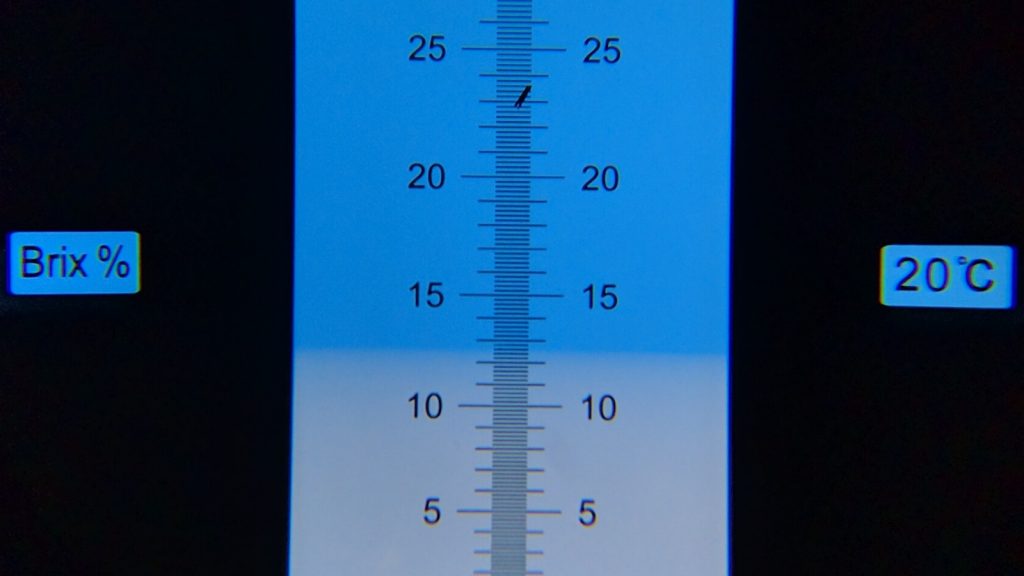
I racked about 4.5 gallons of wort to my fermentation keg and placed it in a cool chamber to finish chilling to my desired pitching temperature, which took a couple hours. When the wort was at 64°F/18°C, I pitched a vitality starter of Safale US-05 that I had prepared with 500 mL of leftover wort after the boil. I attached a spunding valve and opened it completely so that no pressure would build up in the fermentor then let the yeast work their magic. After a week of fermentation, I took a hydrometer measurement that showed the beer had reached the expected FG.
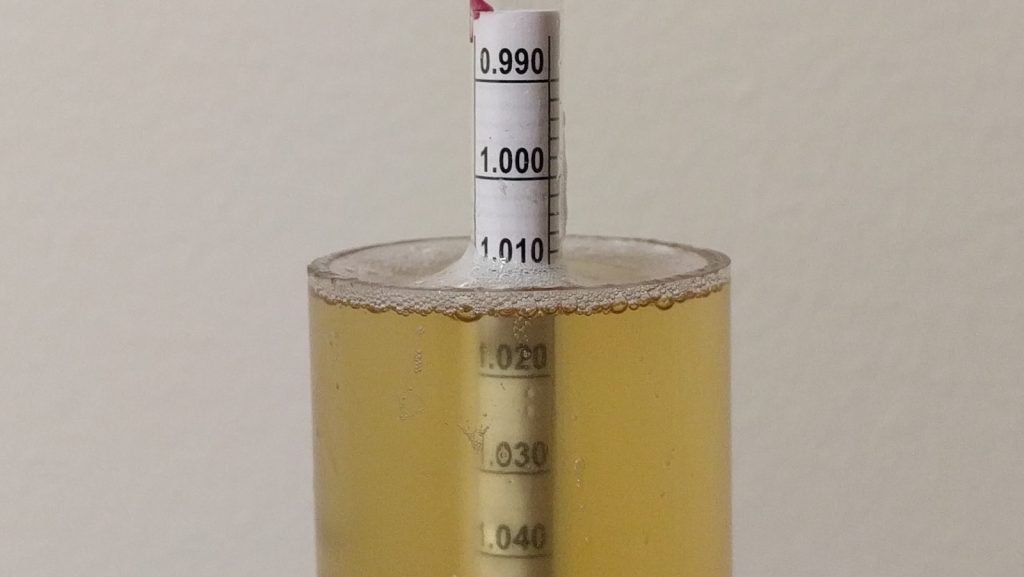
At this point, I weighed out and added the dry hop charge to the beer.
I started cold crashing the beer 24 hours later, fining with gelatin once it dropped below 45°F/7°C, then allowing it to cold condition for 3 more days at 35°F/2°C before transferring to a serving keg.
The beer was burst carbonated overnight, after which I reduced the CO2 to serving pressure where it sat for a few more days before serving to tasters.
| METHOD |
Participants were instructed to focus only on the aromatic qualities of the beer before evaluating the flavor. For each aroma and flavor descriptor, tasters were asked to write-in the perceived strength of that particular characteristic on a 0-9 scale where a rating of 0 meant they did not perceive the character at all and a rating of 9 meant the character was extremely strong. Once the data was collected, the average rating of each aroma and flavor descriptor was compiled and analyzed.
| RESULTS |
A total of 24 people participated in the evaluation of this beer, all blind to the hop variety used until after they completed the survey. The average aroma and flavor ratings for each descriptor were plotted on a radar graph.
Average Ratings of Aroma and Flavor Perceptions
The 3 characteristics endorsed as being most prominent by participants:
| Aroma | Flavor |
| Floral | Spicy/Herbal |
| Spicy/Herbal | Floral |
| Pine | Pine |
The 3 characteristics endorsed as being least prominent by participants:
| Aroma | Flavor |
| Onion/Garlic | Onion/Garlic |
| Dank/Catty | Berry |
| Tropical Fruit | Stone Fruit |
When asked to rate the pungency/strength of the hop, the majority of tasters perceived it as being moderately pungent.
Tasters were then instructed to identify beer styles they thought the hop would work well in.
Finally, participants were asked to rate how much they enjoyed the hop character on a 1 to 10 scale.
My Impressions: I’ve always bought into the idea that Magnum is a neutral hop with not a lot of noticeable contributions, thus I honestly didn’t know what to expect going into this beer. The first thing I noticed was some spice and floral notes with a resinous and grassy character, not at all what I expected. As time went on, the grassy and resinous characters died out a bit, leaving the beer with what I perceived as a smooth hop bitterness and mild aroma/flavor. A great easy drinking beer, but not exactly what I would want from a Pale Ale. It might work well as the primary hop in a pale lager, but based on this experience, I’ll continue using it in conjunction with other hops, relying on it primarily for bittering.
| CONCLUSION |
If nothing else, this experience reinforces my belief that Magnum is a great early addition hop that imparts a smooth bitterness with little impact on flavor or aroma. As the blind tasters largely agreed, later additions of Magnum seemed to add floral and spicy notes more characteristic of lagers. Not quite pungent enough to qualify for a leading role in my next IPA or Pale Ale, I gained a new appreciation for the flavor characteristics Magnum can contribute and will consider using it in combination with other hops when designing pale lagers in the future!
If you have any thoughts on Magnum hops, please feel free to share them in the comments section below!
Support Brülosophy In Style!
All designs are available in various colors and sizes on Amazon!
Follow Brülosophy on:
FACEBOOK | TWITTER | INSTAGRAM
If you enjoy this stuff and feel compelled to support Brulosophy.com, please check out the Support Us page for details on how you can very easily do so. Thanks!



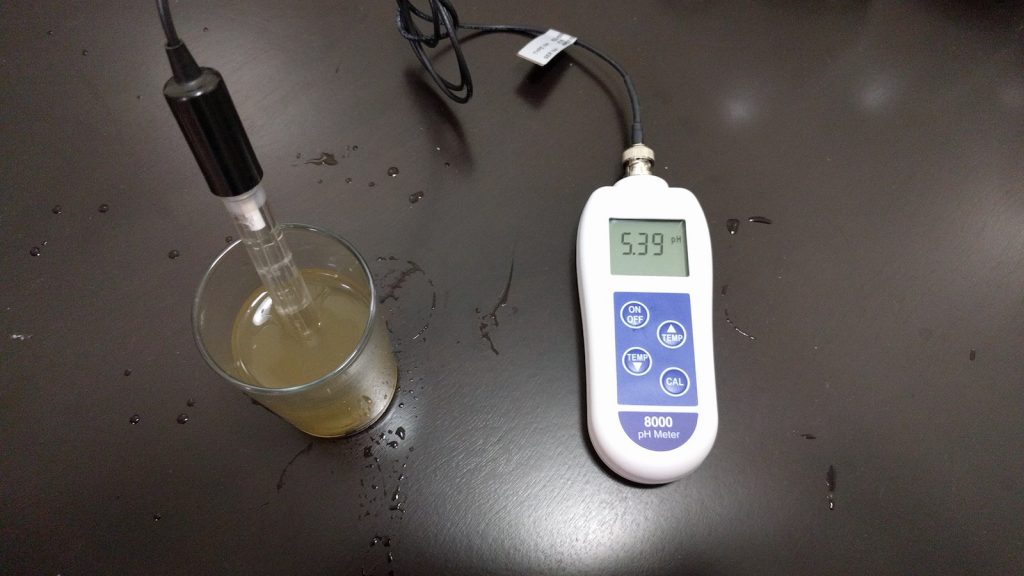
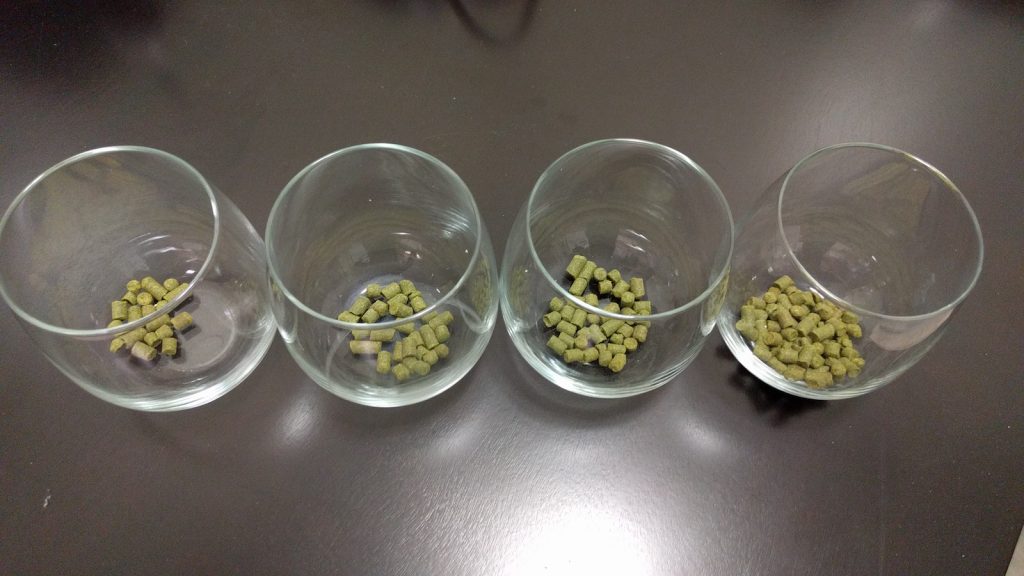
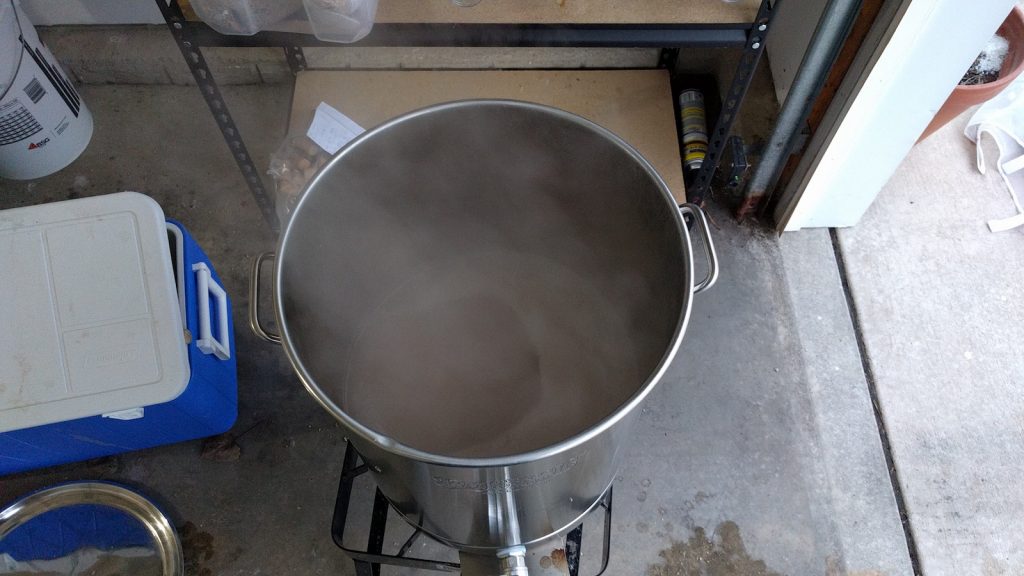
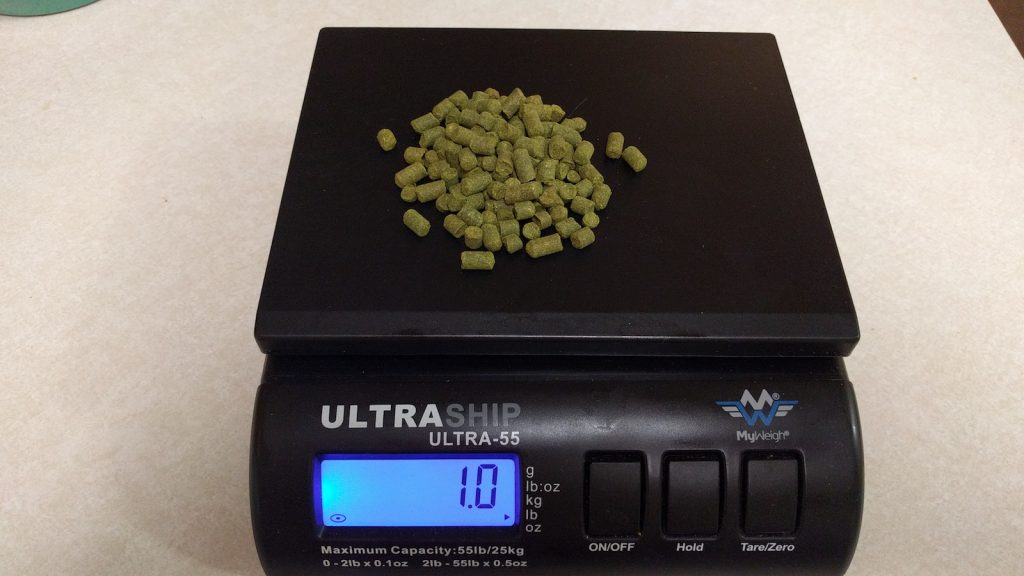
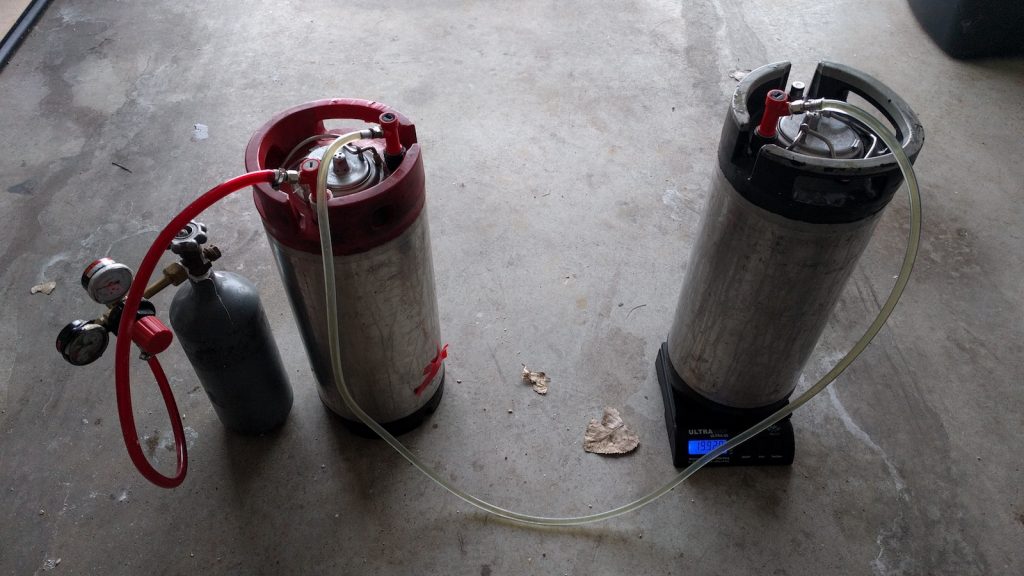
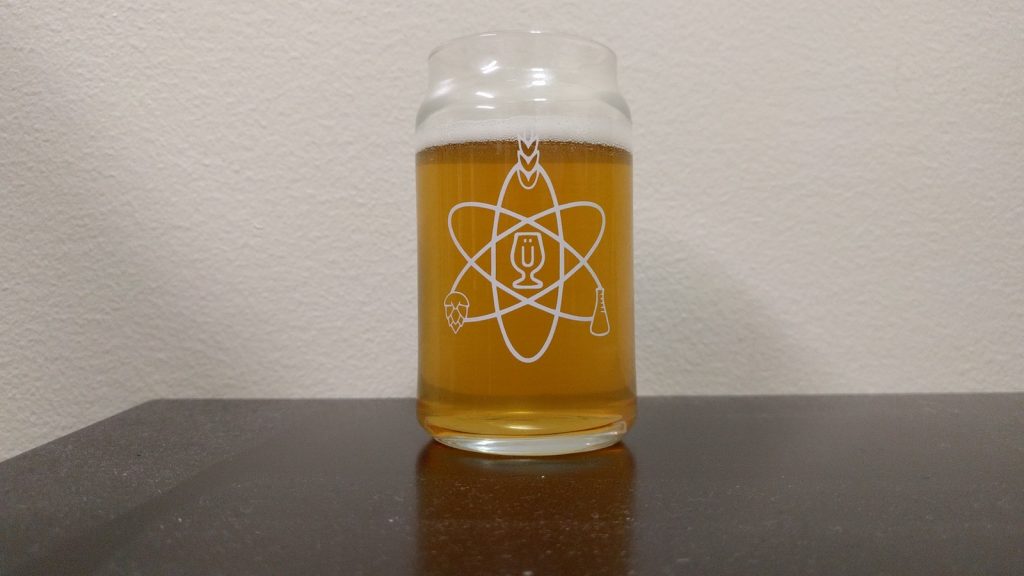
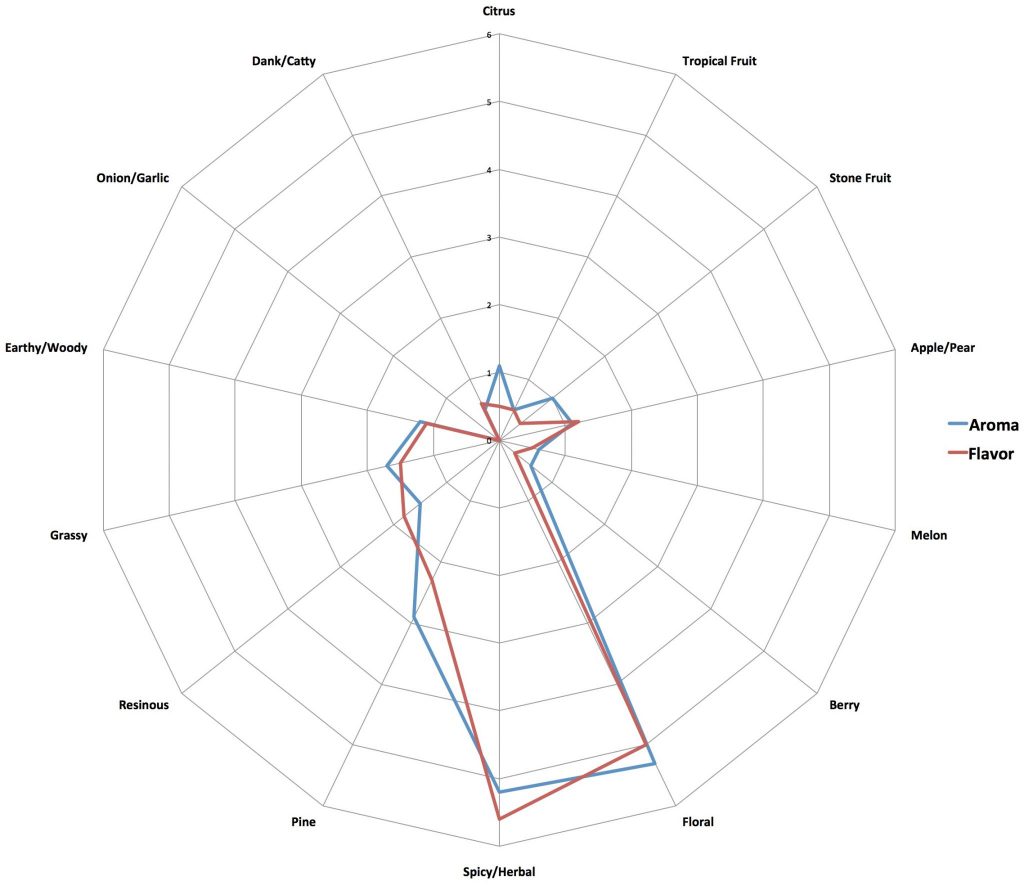
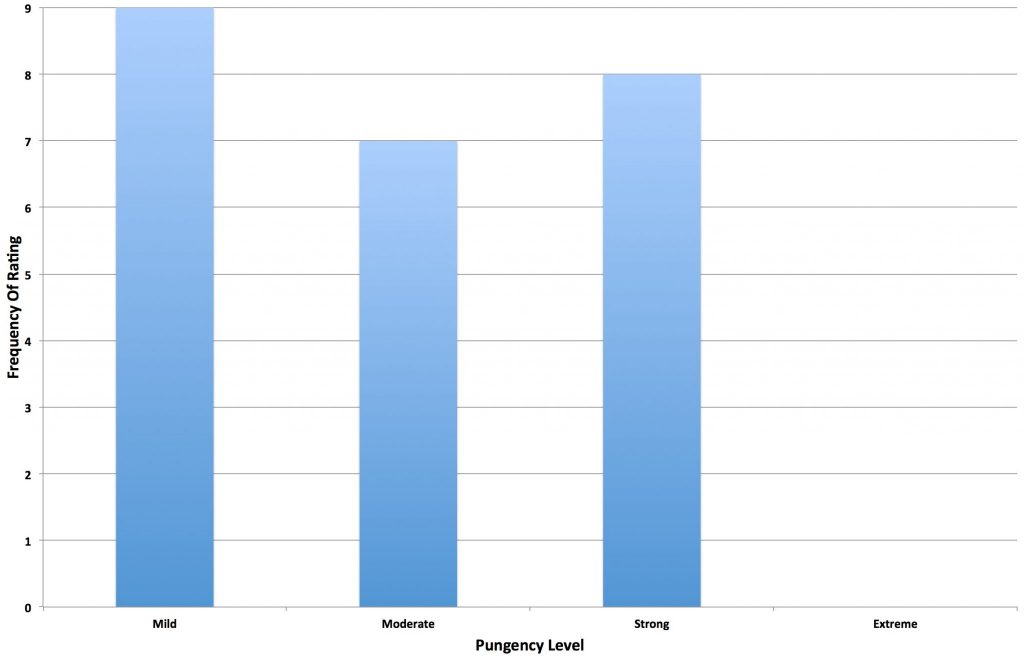
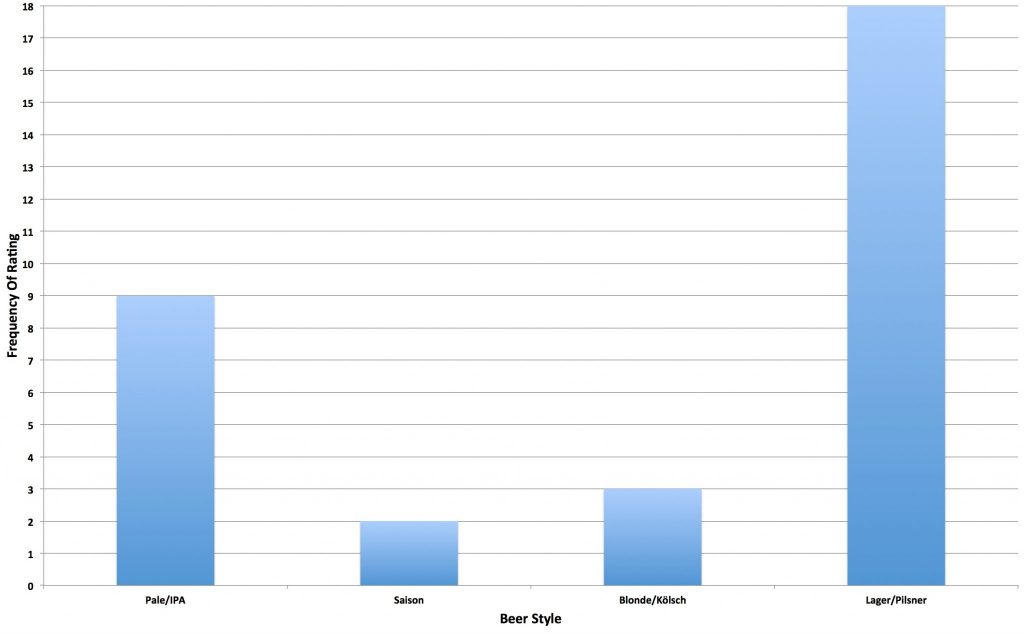
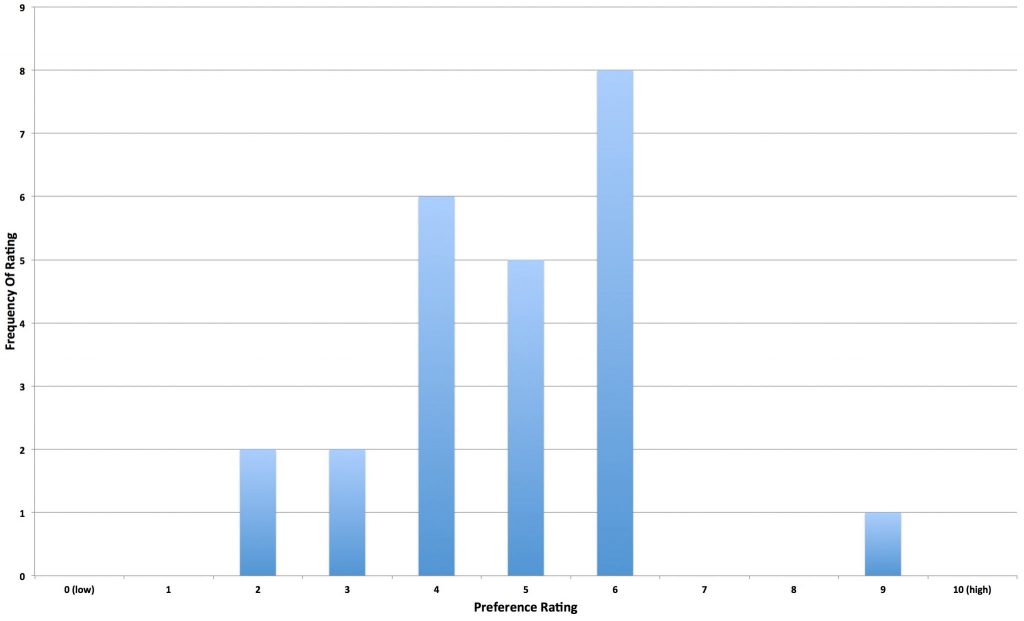





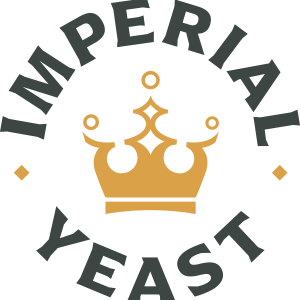

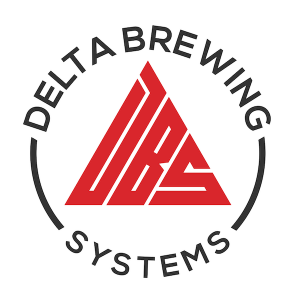


17 thoughts on “The Hop Chronicles | Magnum (2016) Pale Ale”
Is this the first time using Canadian 2 row? I don’t think i’ve seen you use it before. What did you think?
This is actually my first article for Brulosophy! Which is pretty exciting.
I buy Canada Malting 2-Row in bulk, or their Pale Ale malt, whichever is in stock at the LHBS when I stop in. I really enjoy their base malts. The 2-row is light and has a cracker sort of malt sweetness to it IMO.
What a coincidence… I dry hopped my recent altbier with Magnum. Turned out great! Tasted just like I’d used Hallertau or a noble hop.
Surprising right? I wasn’t sure which way it would go, but was overall pretty pleased with the character it contributed.
Great post! Would be interesting to see How the results would differ with a control version using a hop more none for late hopping as a comparison
I have recently found that the Newport hop is a great bittering hop to be used in late stages. It’s a really great grape flavor like a funky Nelson/Blanc, but it fades after only a few days.
Newport huh? Awesome! I’ve got quite the pipeline running for THC hops, but that definitely looks interesting. I’ll throw it on the list!
I love magnum. I use it as my bittering hop for every beer unless I have a theme going (e.g., in a French saison I use a French hop). I’ve never even thought of using magnum later in the boil. I might very well do so in my next lager!
Magnum is my go to bittering hop as well. I’ve used it in an Alt that turned out quite well where you want just a hint of flavor and aroma hop character.
Hi Matt,
Did you cut your diptube in the Fermentation Keg to avoid the Yeast/DH?
Great Chronicle…I always wanted to see how magnum performed as a late hop but never willed to commit a batch on it.
Thanks
Hey Manoel,
Yep, I have two pin locks with cut dip tubes that are dedicated to fermentation!
I used to buy Hallertauer hops in 5 lb. bricks. The AA was 8 – 9%. Now I am getting 2.5% AA. What happened? For me, I have to use too much, so I started using this hop last year. I use just enough Magnum to get a good bitterness and add Hallertauer at 30 and 5 min. Works pretty well and I don’t end up using 6 – 8 ounces of it.
You mentioned using Magnum for bittering almost all your beers because it gives a clean bittering. I’ve tried it in a Nut Brown and wasn’t happy with the results – I think because it did give a clean bittering. Something like Fuggle, even as a 60 minute addition, seems to add some necessary flavor. I’ve read that bittering hops don’t impart any real flavor other than bittering, but I don’t think I agree. Any ideas on that?
This is a topic I would like to cover – whether or not the TYPE of bitter hop or 60 min add has impact. We have done cohumulone levels and high vs low alpha acid.
This article, and the various recipes that go along with the website are why I planted Magnum hops this year. I’m hoping for a steady supply of a “go to” bittering hop. Keep up the good work!
I know this is older (for a thread anyways) I just want to thank you for this. Ive read online people hating magnum as anything that isn’t bittering, but this post made me say fuck it and brew a pilsner with mainly magnum as the late additions (and some African Queen) and it came out extremely well.
Cheers!